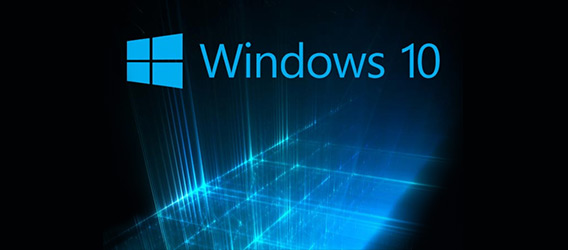How to Disable the New Compulsory Upgrade to Windows 10
To the dismay of many Windows users who value great control over their computing experience—including that very personal matter of which operating system you champion—Microsoft has announced that Windows 10 will begin installing automatically on Windows 7 and 8 machines, as a part of traditional Windows Updates.
Some users have even speculated that this is part of a master plan to ensnare customers into a mandatory subscription model for the Windows OS. While there’s no evidence of that yet, the move to make Windows 10 upgrades automatic unsettles many people who view several recent new Windows default settings as overly aggressive and choice-limiting (see Three New Privacy Concerns with Windows 10).

Essentially Microsoft is reclassifying the status of Windows 10 from an “Optional” to a “Recommended” Windows Update. These are the updates that install themselves on your PC if you are like the millions of Windows users who never gave a thought to using other than the default Windows Update settings.
The announcement certainly troubles users who regularly rely on specific legacy apps that require an older version of Windows to run correctly (or at all). And the move itself can even be seen as part of a broader strategy to better continue Microsoft’s new more ardent control-taking of Windows machines, as Windows 10, once installed, is built with certain other features designed to do so.
Some in the tech community think Microsoft is acting Applesque (or Jobsian?) in that the compulsory nature of what they are doing reflects an attitude that the user may be missing out simply because they don’t know what’s best for them—i.e., once you try it, you are going to love it, so here’s a big push in the right direction.
That countless users are indeed going to love it is probably true, though. And note that you can interrupt the automatic installation process once it has started. But if you want to hang on to your beloved Windows 7 (or 8.1), a better way to avoid Windows 10 is to not let it begin installing in the first place. Here’s how.
Changing your Windows Update settings
You can instruct Windows to alert you when updates are available or you can instruct Windows to download those updates but stop short of installing them.
- Click the Start menu button, type “update” in the search box and choose Windows Update from the list.
- In the left pane, click Change settings.
- From the Important updates dropdown menu, click one of the following:
- Download updates but let me choose whether to install them
- Check for updates but let me choose whether to download and install them
- Click OK. If you are prompted for an administrator password or confirmation, type the password or provide confirmation.
Windows is a registered trademark of Microsoft Corporation in the United States and other countries.








